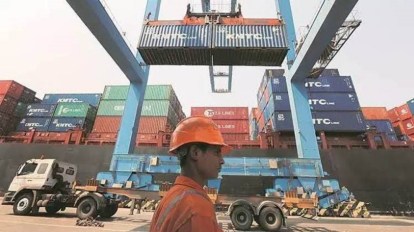Freight rates have surged dramatically, doubling in the wake of disruptions in the Red Sea. This unexpected spike in shipping costs has sent shockwaves through the global supply chain, impacting businesses and consumers alike.
The Red Sea, a critical maritime route connecting the Mediterranean Sea to the Indian Ocean, has historically been a key artery for international trade. However, recent events, such as geopolitical tensions or natural disasters, can disrupt this vital passage, causing a ripple effect on shipping.

Source:- ndtV
The doubling of freight rates can be attributed to several factors. First and foremost is the increased risk associated with navigating the Red Sea during turbulent times. Shipping companies often factor in additional costs for insurance and security measures to protect their vessels and cargo. These added expenses inevitably contribute to the overall rise in freight rates.
Source:- India today
Furthermore, the disruption in the Red Sea can lead to delays in cargo delivery, creating a domino effect of logistical challenges. As vessels encounter longer waiting times or alternative routes, operational costs soar, prompting shipping companies to adjust their pricing structures.
The impact is not limited to maritime logistics; it extends to industries that heavily rely on imported goods. Businesses face higher operational costs, which may be passed on to consumers through increased prices for various products. This, in turn, can contribute to inflationary pressures in affected regions.
Governments and international organizations are closely monitoring the situation, recognizing the need for swift and coordinated responses. Efforts are underway to address the root causes of the disruptions, whether they be geopolitical tensions, piracy threats, or natural events. The aim is to restore stability to the Red Sea and alleviate the strain on global trade.
In the meantime, businesses are exploring alternative transportation options and supply chain strategies to mitigate the impact of elevated freight rates. Some may opt for airfreight or alternative sea routes, albeit at potentially higher costs. Others may reassess their inventory management and distribution networks to adapt to the evolving situation.
The doubling of freight rates due to Red Sea disruptions underscores the interconnectedness of the global economy and the vulnerabilities inherent in major trade routes. As stakeholders navigate these challenges, a collective and adaptive approach is essential to ensure the resilience of the international supply chain in the face of unforeseen disruptions.
Share your views in the comments

